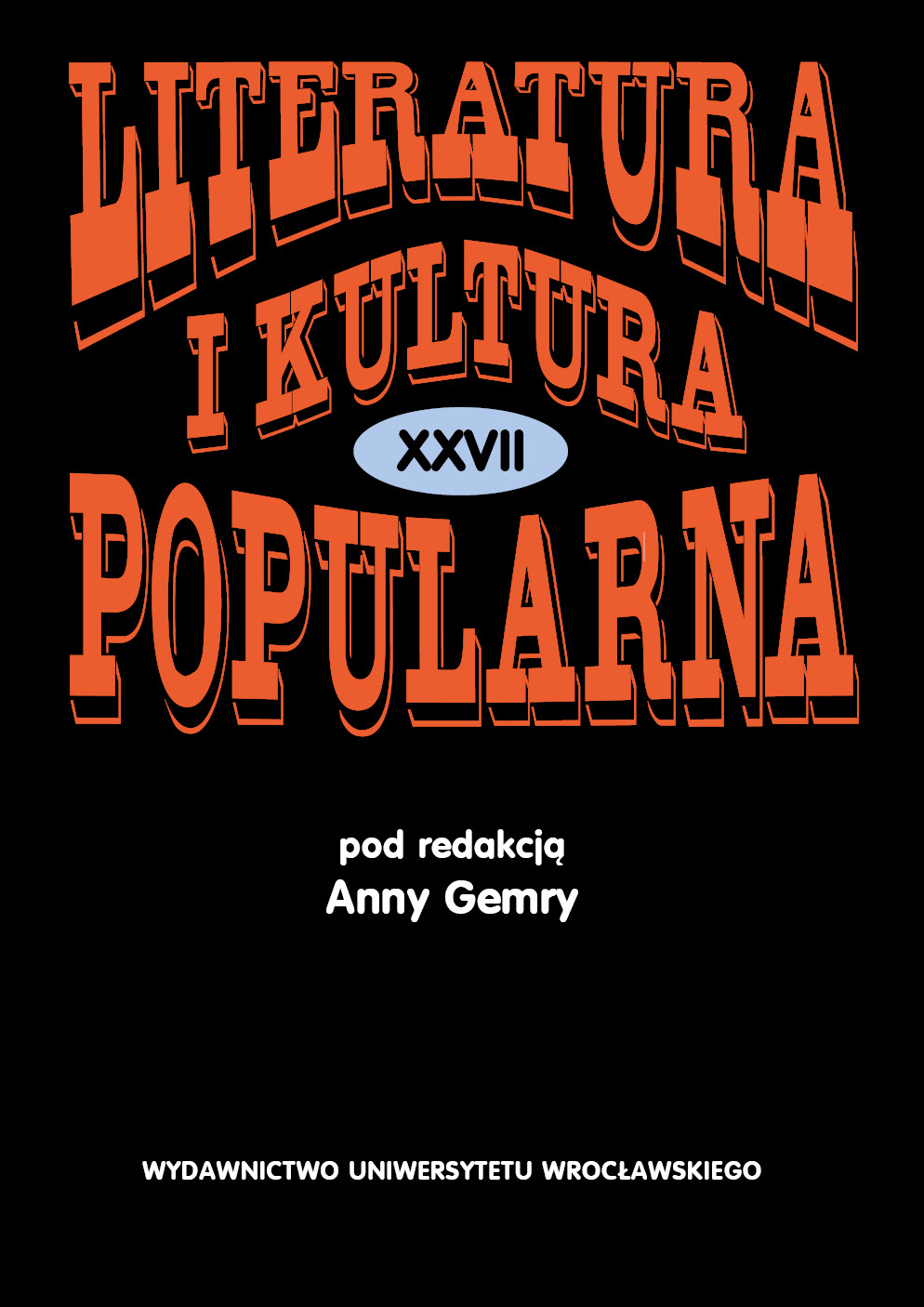

Articles

The paper aims to examine images of the Basilisk in Polish children’s and young adult literature. It also compares the monster’s image known from traditional urban legends with its depictions in their postmodern versions. In the original variants of the legends, this creature takes various forms — supposed to be a monster that hatches from the egg laid by a rooster, it is often described as an animal the size of a hen, with a turkey neck and head and a frog’s eyes; partially a cock, partially a reptile, etc. The hybrid image of the Basilisk allows the elements of its characteristics to be used in later versions of the story and its re-workings. The analysis herein focuses on Legendy Warszawskie. Antologia [Warsaw Legends: An Anthology] (2016) which presents six versions of the Basilisk’s legend. These texts are juxtaposed with the project “Legends of Poland” by Allegro (e-book and a short movie Operacja Bazyliszek [Operation Basilisk]), as well as with the novel Felix, Net i Nika oraz Pułapka Nieśmiertelności [Felix, Net and Nika and the Trap of Immortality] (2007) by Rafał Kosik, and Księga Potworów [The Book of Monsters] (2016) by Michał Rusinek. The author concludes that the Basilisk may be seen as a transfictional figure that transcends the boundaries of the original storyworld, which shows that — as many other legendary monsters — it should be seen not as a past phenomenon, but rather as something that still “lives” in culture and constantly evolves.